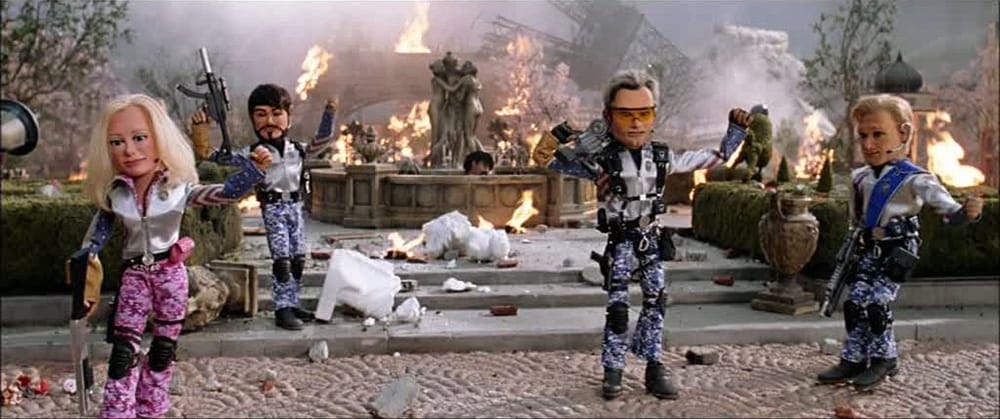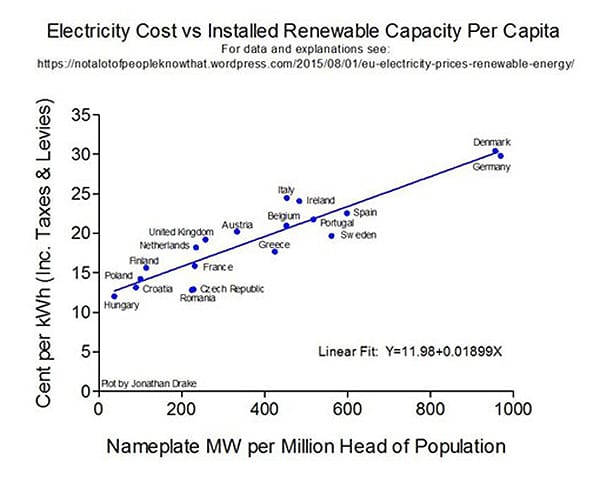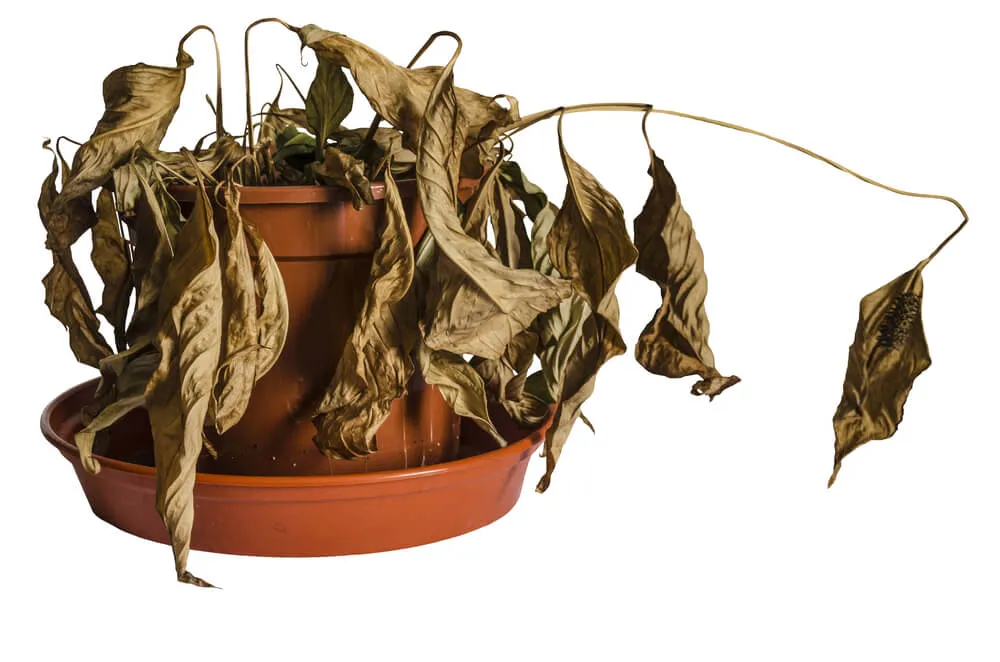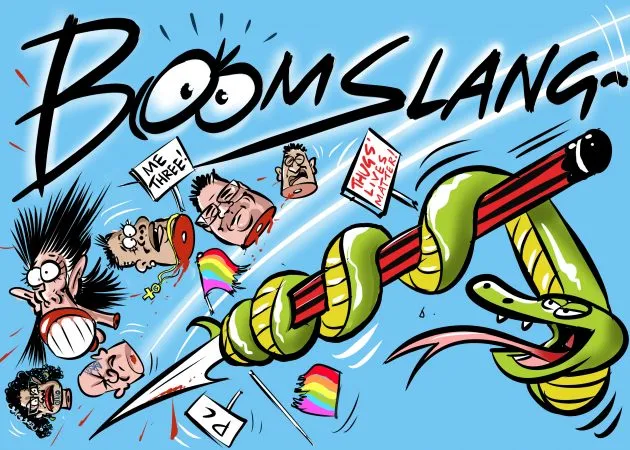The UK is facing a food crisis of a like not seen since the Second World War — and the culprit isn’t the great, big bogey, “climate change”. Quite the reverse: the culprit is mostly climate change alarmism. As happened with the nuclear disaster in Fukushima, the Chicken Littles are doing far more damage than the thing they claim to be trying to fix.

Britain’s farmers are warning the government risks “sleepwalking” into a food supply crisis unless it urgently provides support to those struggling with the soaring cost of the “three f’s”: fuel, feed and fertiliser.
The National Farmers’ Union (NFU) has said the shortages of eggs could spread to other food products, as UK fruit and vegetable growers and meat and dairy producers come under pressure from soaring costs for energy and animal feed, combined with the challenge of finding enough staff.
Energy-intensive crops including tomatoes, cucumbers and pears are on track for their lowest yields since records began in 1985, the NFU said, as producers leave agriculture in the face of rising costs.
So… why are fuel, feed and fertilizer costs spiralling? Why are “energy-intensive crops” plummeting to their lowest yields on record?
“Climate action.”
Of course, the climate-deranged political-media establishment will never admit that their own policies are causing a food disaster. Instead, they try to blame big, bad Vlad. Which is about as convincing as Joe Biden trying to hand-wave away soaring oil prices as “Putin’s price rise”.
Energy prices are spiralling in every country that’s stupid enough to turn its power grid over to wind and solar.

Pull the other one, you lying creeps.
OK — feed prices can somewhat be attributed to the war in Ukraine: the area is a major producer of some feed supplies, like grains. But that’s only one small part of the food crisis.
The soaring price of gas also can’t be blamed wholly (or even mostly) on Putin.
The cost of synthetic fertiliser, necessary for growing many crops and grass, began to climb last autumn when the price of gas required to produce it began to rise steeply. The conflict in Ukraine has only exacerbated the situation.
The Guardian
The cost of fertiliser started shooting up long before a single Russian tank fired a shot, solely because of climate policies. Synthetic fertilisers are manufactured from natural gas — and gas has been hit with a double climate cult whammy. As a fossil fuel, gas production has been subject to attack from the climate lobby. But as climate-deranged countries like Britain and Germany began dumping coal-fired and nuclear power, gas has become a critical stop-gap to make up for the dire shortfall from unreliable, intermittent “renewables.
Prices for both agricultural fertiliser and feed have risen significantly over the past year. Figures from the Agriculture and Horticulture Development Board (AHDB) have shown that in May 2022, the price of UK-produced ammonia nitrate fertiliser in Great Britain had increased by 152% since May 2021 and imported prices had increased by 171%. The price of potassium chloride fertiliser (potash) had increased by 165% and phosphate fertilisers had increased by between 120% and 128% depending on the type.
The more scarce natural gas that is used to keep the lights on in Britain and Germany, the less there is for making fertiliser.
Rises in gas prices have increased the costs of fertiliser production. Ofgem figures show that wholesale gas prices on 26 April 2022 were up 284% in 12 months. Natural gas is used as both a raw material and energy source in fertiliser production. Jacob Hansen, director-general of Fertilisers Europe, told Euronews in late May 2022 that gas now represents up to “90% of the variable costs in fertiliser production”.
House of Lords Library
The situation has only been “exacerbated” by the Ukraine war because Germany made itself so foolishly dependent on Russian gas. A perilous strategic stupidity they were warned about for years, but blithely ignored.
But, hey, at least they’re “saving the planet”.
Now, shut up and eat ze bugs.









